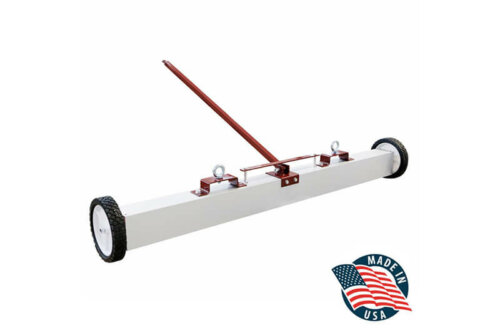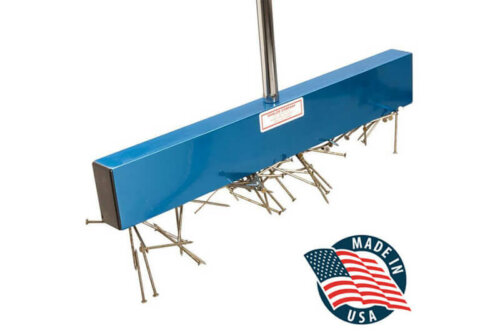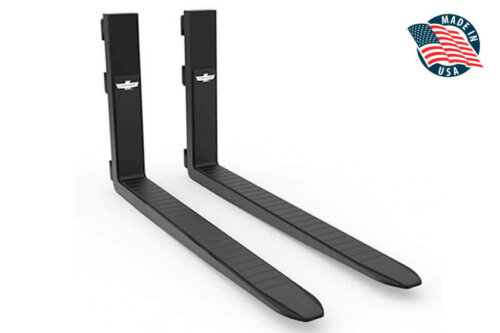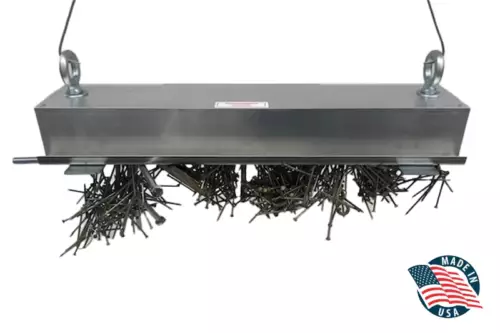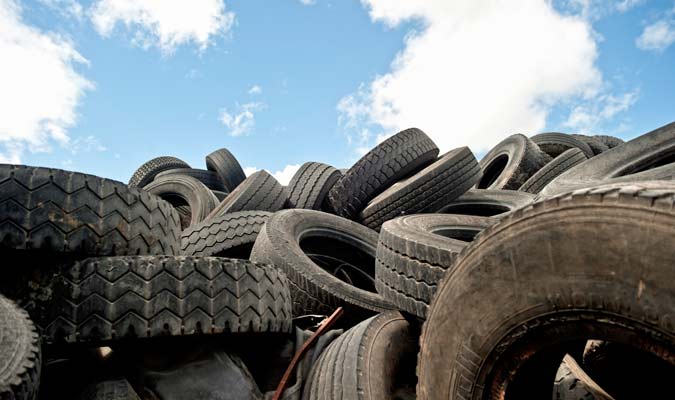
A lot can change in 30 years; back in 1985, an estimated 2 to 3 billion tires were stockpiled in the United States. Giant mountains of tires started creating health and safety hazards. Piled tires also pointed to one of the classic challenges of recycling: what’s the cost compared to the benefit?
By 2009, the United States was generating more than 296 million scrap tires a year, with more than half of those tires coming from passenger vehicles. The problem was getting bigger, but tire recycling was improving. By 2011, an estimated 197 million scrap tires were recycled or repurposed.
Tire recycling has become more efficient and lucrative. More than 35 states now charge a fee for every new tire that is purchased to help fund recycling efforts. Today, analysts estimate that 90 percent of scrap tires have been recycled; 40% are repurposed into tire derived fuel, and the remaining are transformed into everything from playground surfaces, auto parts, molded products and even mixed into asphalt.
Regardless of how a tire is reused, the metal belt has to be separated from the tire. Once a tire is crushed, crossbelt magnets do the job of separating the steel wire from the newly shredded rubber:
If the steel belt is not completely separated from the rubber, it not only makes the rubber less valuable, it can lead to equipment damage. Using a high quality separator magnet not only improves the quality of the recycled product, it also helps protect expensive recycling equipment.
http://www.rma.org/download/scrap-tires/market-reports/US_STMarkets2009.pdf




